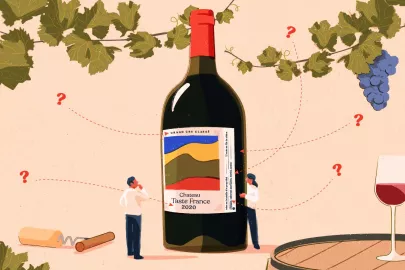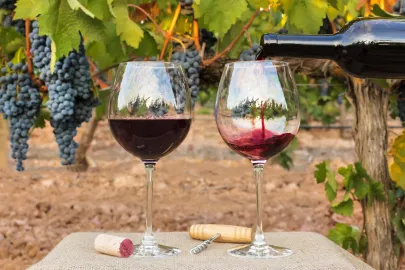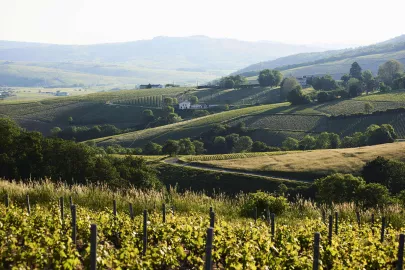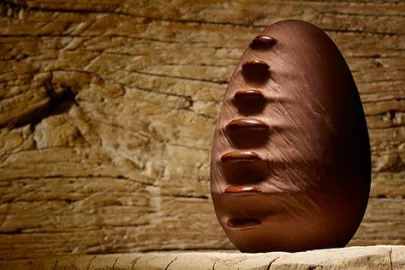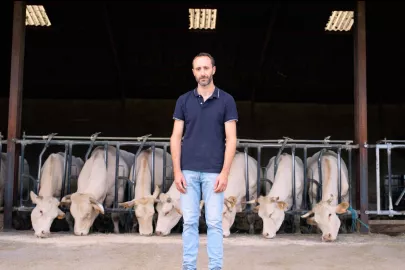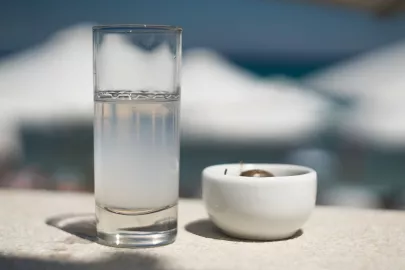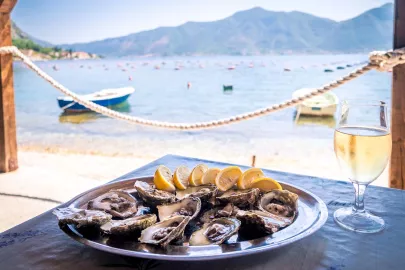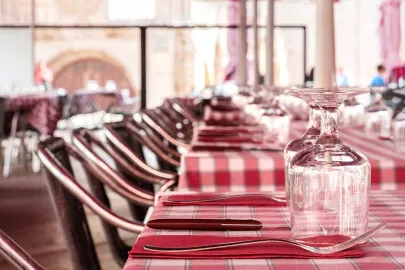The majority may be red, but this region’s wines also come in pink and white, not to mention with bubbles. And often, they are all the better for it!!

With Syrah, Grenache, Mourvèdre, Carignan and Cinsault, Languedoc has a very rich “arsenal” of red grape varieties with which to produce wines of that color. The general public often sees this region as a monochromatic vineyard. With reds representing around 75% of local production, it’s hard to disagree. And yet to agree would mean ignoring a quarter of the wines from this outstanding region of southern France.
Sparkling rosé wines and remarkable bubbles
Why forget the rosés? Provence does not have a monopoly on these light-colored blends so perfectly suited to accompanying appetizers and summer dishes. Many Languedoc estates produce rosé wines with both freshness and depth. Some also bottle remarkable sparkling wines; in particular winegrowers are starting to produce natural sparkling wines, which have been very trendy for a few vintages. In fact, there is a vineyard which specializes in bubbles. In the west of the region, between Carcassonne and the Pyrenean foothills, the Limoux terroir has three appellations dedicated to sparkling wines: Blanquette de Limoux, Crémant de Limoux and Limoux Méthode ancestrale. Some of their wines are undoubtedly among the best bubbles in France!
Delightful whites
Given its southern latitude and hot, dry climate, you could be forgiven for expecting Languedoc whites to be heavy and clumsy, tiresome after one glass. Some are, of course, but they are far from the majority. Well beyond the Picpoul-de-Pinet appellation, which is characterised by its rather lively and refreshing whites, many winegrowers are proving that Languedoc is also capable of producing great white wines, which are both expressive and very elegant. On the condition of course, that a few "rules” are followed: do not plant your vines on soils that are too warm, instead, choose north-facing areas which are less exposed to the high heat of the afternoon; harvest the grapes when they are just ripe, rather than overripe; and do not extract the wines too much in the cellar, to avoid weighing them down from contact with the lees. La Chouette Blanche at Mas Foulaquier, in Pic Saint-Loup; La Bégou by Maxime Magnon, in the Corbières and Cabretta from Mas d´Alezon, in Faugères, are just a few of the best ambassadors of Languedoc white wines. And it’s certainly no coincidence that they have won the support of brilliant wine merchants and sommeliers! What are you waiting for?
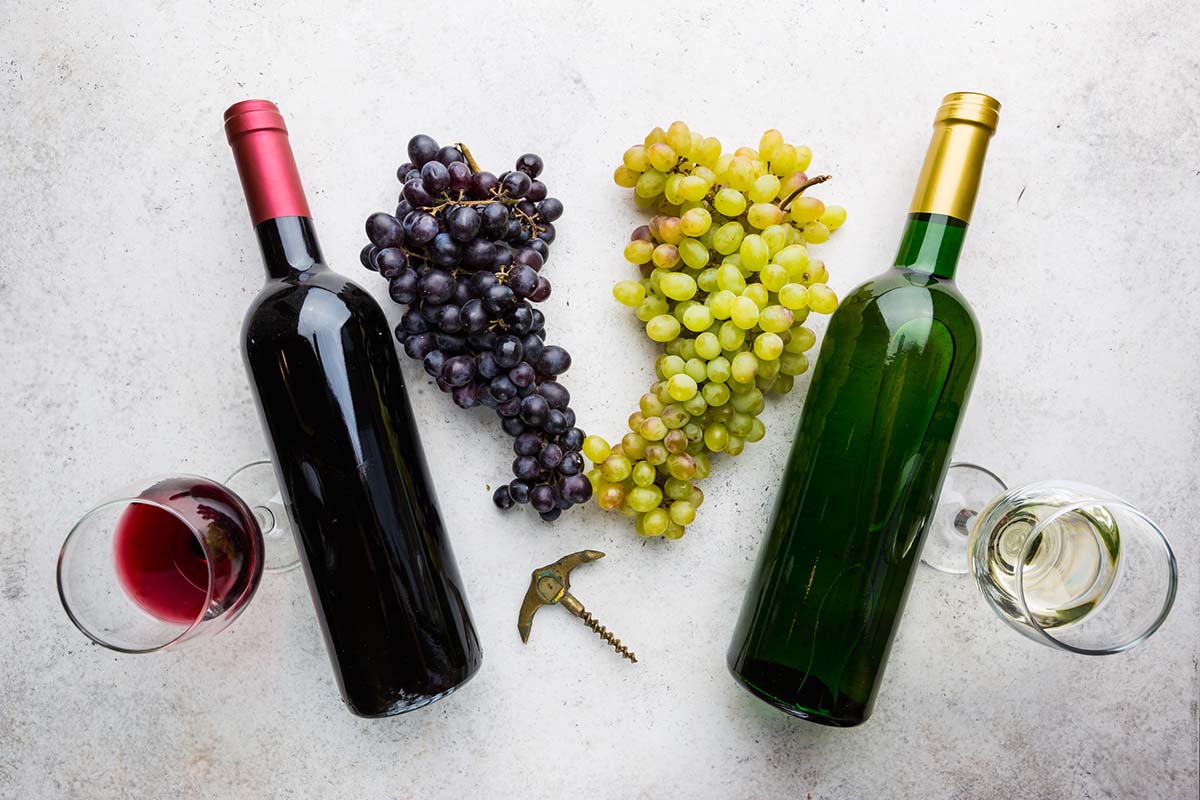
© ©Roxiller
Taste France Magazine's organic picks
This blend has featured among the great white wines of the region for a few vintages. A blend of several grape varieties including white and grey Grenache, combining tension and tenderness, it reveals great minerality and expresses elegant citrus notes. Pair with fish, white meat, etc.
Maxime Magnon - Corbières - "La Bégou" 2019
2019 was an excellent vintage, unencumbered by climatic excesses. Wines like this one benefited from the excellent conditions, achieving remarkable balances and a delicate aromatic expression, in this case with smoky notes. The generosity of the south, without the exuberance.
La Grange de Quatre Sous - IGP Pays d'Oc - "Le Rosé"
On the Saint-Chinian terroir, Hildegard Horat bottles wines that are a pure expression of the terroir. This characterful, mineral rosé, composed of Syrah, Cabernet and a little Grenache, is a fine example. A real wine, a far cry from swimming pool rosés.
Domaine Les Hautes Terres - Limoux Méthode ancestrale – “L’Air du Paradis”
Gilles Azam is one of the most prominent winegrowers in the Limoux terroir. His reputation is well-deserved, given the quality of his still and sparkling wines. This blend has a joyful effervescence and fulfils its thirst-quenching mission with great energy and panache.
Contributor

Editor


